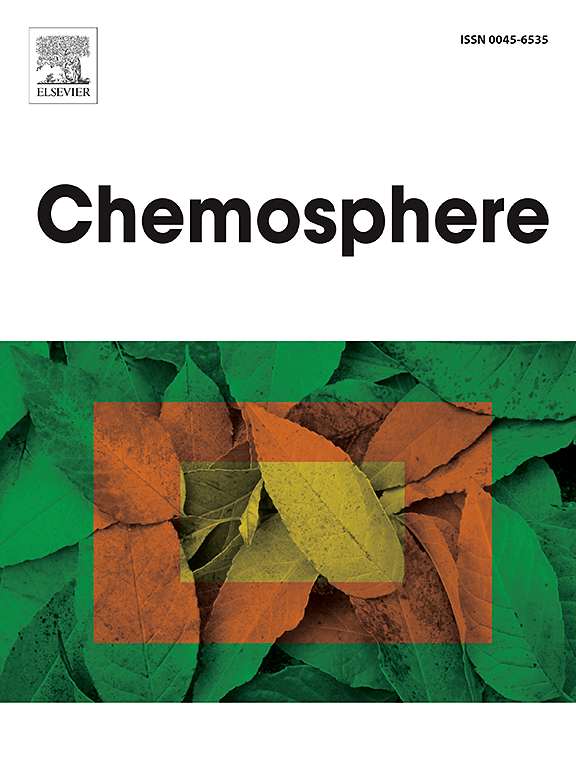Interference of PFAS sorption on zeolites from natural water characteristics
IF 8.1
2区 环境科学与生态学
Q1 ENVIRONMENTAL SCIENCES
引用次数: 0
Abstract
Per- and polyfluoroalkyl substances (PFAS) are emerging anthropogenic pollutants of concern and are associated with potential human and environmental health concerns. PFAS removal can be achieved using adsorbents such as activated carbon and ion exchange resins. Recently, zeolites have been identified as another potential adsorption technology with increased selectivity and product regenerability that is not currently achieved with other adsorbents. Zeolite CP814E∗ (BEA) was tested in batch reactions for PFAS removal in different water matrix characteristics, including pH, select cations, humic acids (HA), fulvic acids (FA), and natural organic matter (NOM). In synthetic EPA waters, BEA performance increased compared to ultrapure water testing. BEA performance also significantly increased in the presence of Na+, Ca2+, and Mg2+ ions compared to ultrapure waters. PFOA and PFOS sorption did not vary significantly in the 6–9 pH range. HA, FA, and NOM did not significantly impact the sorption of PFOA and PFOS on the BEA at 1 g/L zeolite loading. One organic interferent, Suwannee River humic acids, did reduce PFOA sorption when the ratio of adsorbent to liquid was reduced to 0.1 mg/L. BEA retained sorption capacity over seven thermal regeneration cycles, and a BEA test with a real water demonstrated PFOA, PFOS and PFHxS adsorption at the parts per trillion level.

求助全文
约1分钟内获得全文
求助全文
来源期刊

Chemosphere
环境科学-环境科学
CiteScore
15.80
自引率
8.00%
发文量
4975
审稿时长
3.4 months
期刊介绍:
Chemosphere, being an international multidisciplinary journal, is dedicated to publishing original communications and review articles on chemicals in the environment. The scope covers a wide range of topics, including the identification, quantification, behavior, fate, toxicology, treatment, and remediation of chemicals in the bio-, hydro-, litho-, and atmosphere, ensuring the broad dissemination of research in this field.
 求助内容:
求助内容: 应助结果提醒方式:
应助结果提醒方式:


